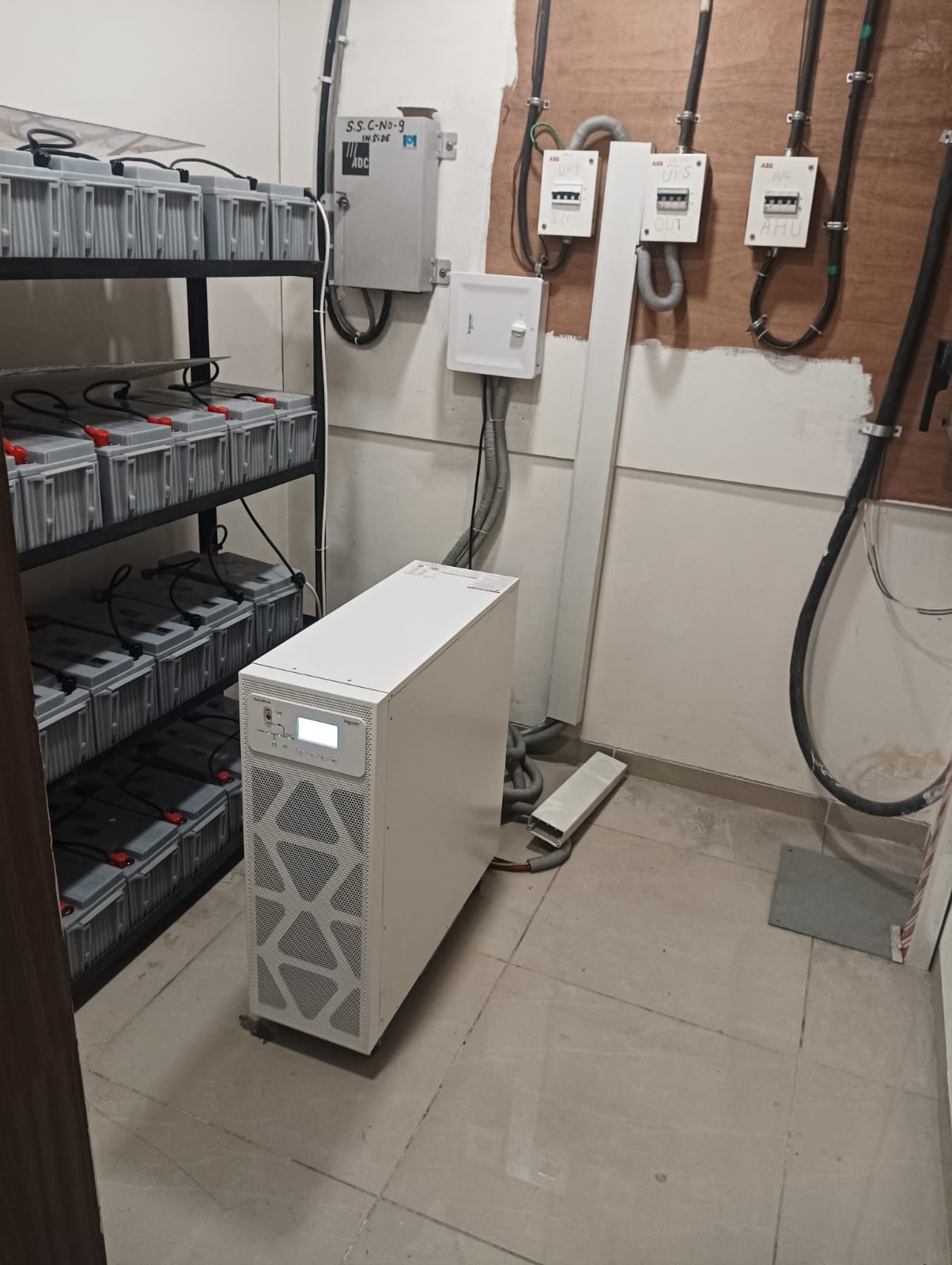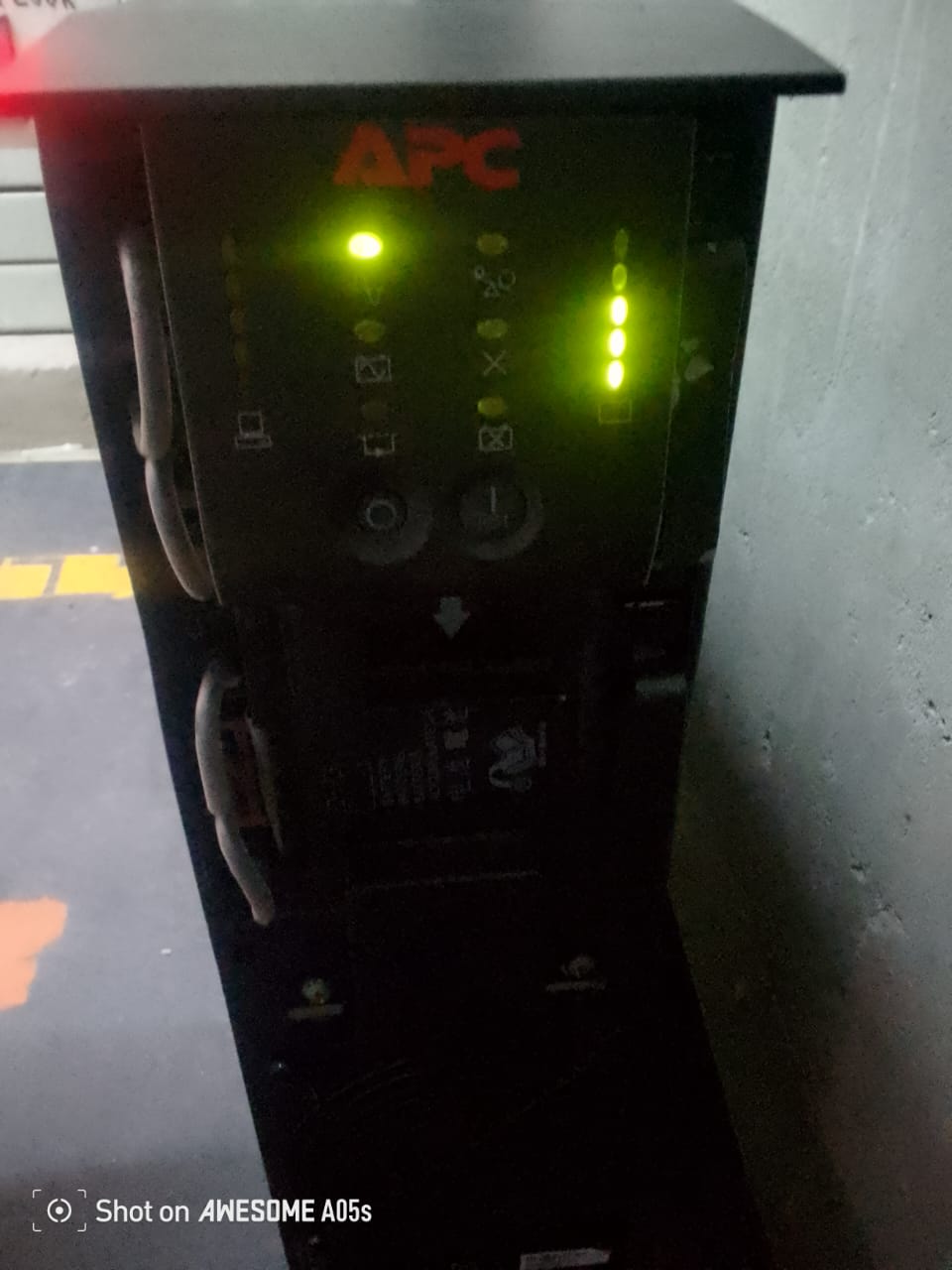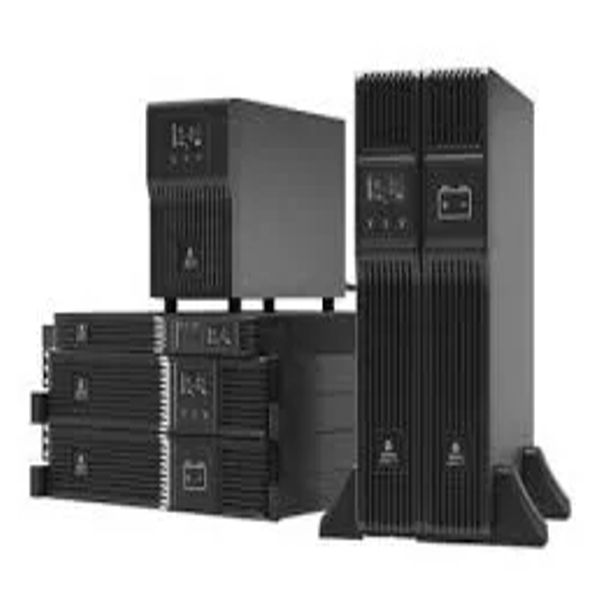Using Amaron batteries with APC (American Power Conversion) UPS (Uninterruptible Power Supply) systems can provide reliable backup power. Here’s a comprehensive overview of how to pair them effectively: APC UPS Overview Purpose: Provides emergency power during outages and stabilizes voltage fluctuations. Types: Ranges from consumer models to enterprise-level systems. Key Features: Automatic Voltage Regulation (AVR): Stabilizes voltage. Surge Protection: Protects connected devices from surges. LCD Display: Displays battery status, load level, and other metrics. Amaron Batteries Overview Type: Typically lead-acid (both conventional and maintenance-free) or possibly lithium-ion for some applications. Voltage Options: Commonly available in 12V configurations, suitable for UPS systems. Capacity: Various capacities (e.g., 46Ah, 100Ah, 150Ah), depending on the UPS model and required backup time. Compatibility Sizing: Ensure the Amaron battery’s voltage matches the UPS system (e.g., a 12V battery for a 12V UPS). Capacity Matching: Choose a battery capacity that meets or exceeds the UPS\\'s requirements for runtime during power outages. Calculate based on the load you wish to support. Installation Connection: Connect the Amaron battery to the UPS according to the manufacturer\\'s instructions. Typically, you\\'ll connect the positive (+) terminal to the UPS\\'s positive input and the negative (-) terminal to the negative input. Securing: Ensure that all connections are tight and secure to prevent arcing or disconnections. Performance and Benefits Extended Runtime: Using higher-capacity Amaron batteries can extend the runtime of the UPS during power outages. Reliability: Amaron batteries are known for their durability and ability to handle deep discharges, making them suitable for UPS applications. Maintenance-Free Options: Many Amaron batteries are designed to be maintenance-free, reducing the need for regular upkeep. Maintenance Regular Checks: Periodically inspect the UPS and battery connections for corrosion and tightness. Battery Health: Monitor the battery’s voltage and overall health using a multimeter or UPS diagnostics. Replacement: Replace the battery as needed based on performance degradation or if the battery shows signs of failure. Safety Precautions Ventilation: Ensure proper ventilation during operation to prevent gas buildup, especially with lead-acid batteries. Overcharging: Monitor charging cycles to prevent overcharging, which can lead to battery damage. Conclusion Combining Amaron batteries with APC UPS systems can enhance your power reliability and provide an effective backup solution. Always refer to the specific user manuals for both the UPS and batteries to ensure compatibility and proper installation procedures.
Send Message







